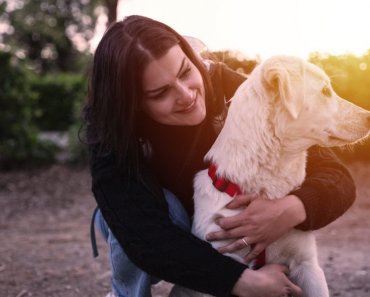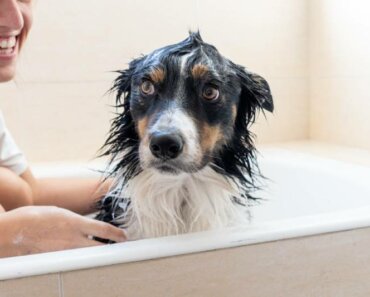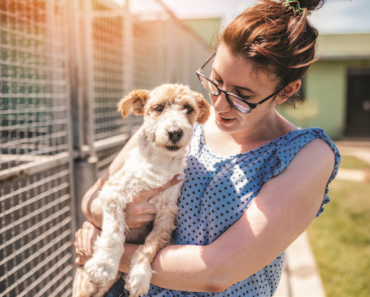
For original article click here
School closures due to the coronavirus pandemic have significantly changed home life for both families and their pets. Children are now home full time, learning new ways to engage with their teachers while continuing their education. Smaller children that would be in day care or pre-school are also home. Parents working from home may be distracted by work responsibilities and challenged to monitor their children’s and pets’ interactions.
As a result, DACC has seen an alarming increase in the reporting of dog bites to children. Most of these situations have occurred when the family dog was eating, playing with a toy, challenged, or hurt by a child. Cats will scratch and even bite if they are threatened or cornered. Keep your children safe and your pets happy by following these suggestions:
– Recognize that your pets need their own time for rest and de-stressing. A house full of kids all day long can be exhausting for a pet, particularly if multiple children are constantly engaging with it and not giving it time to recharge. Pets should have quiet places where they can retreat, and the children should be taught that they must not disturb the pet when it is resting. Create a retreat for your pets by blocking off an area that they like and make sure the children understand that the pets should not be disturbed when they are using their retreats. Cozy dog crates work great for most dogs, and cats enjoy carpeted cat trees with hiding dens.
– Remember that small children are not good at recognizing signs of stress or danger from animals.
– Growling, hissing, avoidance, stiff body posture, whale-eye, raised hackles, twitching tails (cats), nervousness, and lip licking are just some behaviors that demonstrate the pet’s anxiety is increasing and could result in a bite. Always monitor pet and children interactions so you can recognize the early warning signals and intervene before the situation becomes dangerous. Most pets give ample warning before a bite, but frequently a child is not able to recognize the warning signs. They may push the animal until it feels it has no more choices.
– Be especially protective of older pets. They are likely to have some varying degree of arthritis. It may be painful if a child pats them too hard, hugs them, or falls on them. Many older animals lose their hearing and/or vision and can become startled and alarmed when a child suddenly appears within their space.
– Also be protective of small or fragile animals. Children can unintentionally injure them and cause pain resulting in a reactive bite.
– Do not allow children to interfere with a pet when it is eating. This should be a stressor and distraction-free time for a pet to enjoy their meal. Many dogs have a natural desire to protect their food and may fear the child is competing for the meal. This is a common reason for dog bites to children.
– Always supervise children and pets when they are playing together. Toys can be a source of competition and a dog might bite if its toy is removed. Tug of war can result in accidental bites if a dog grabs for a better hold on the toy and accidentally catches the child’s hand.
– Do not allow children to climb on dogs, pull their ears, play with their mouths, tug their tails, or engage in other aggravating behaviors. Many animal control officers cringe when they see photos or videos of children climbing on large dogs, noticing the anxiety and stress of the dog and knowing that bite is likely to result from this unwanted aggravation.
– You may have seen a hilarious anecdote that circulated on the internet several years ago. A person posted: “An older, tired-looking dog wandered into my yard; I could tell from his collar and well-fed belly that he had a home and was well taken care of. He calmly came over to me, I gave him a few pats on his head; he then followed me into my house, slowly walked down the hall, curled up in the corner and fell asleep. An hour later, he went to the door, and I let him out.
The next day he was back, greeted me in my yard, walked inside and resumed his spot in the hall and again slept for about an hour. This continued off and on for several weeks.
Curious I pinned a note to his collar, ‘I would like to find out who the owner of this wonderful sweet dog is and ask if you are aware that almost every afternoon your dog comes to my house for a nap.’
“The next day he arrived for his nap, with a different note pinned to his collar, ‘He lives in a home with 6 children, 2 under the age of 3 and he’s trying to catch up on his sleep. Can I come with him tomorrow?’”
Most pets are well adjusted family members and live harmoniously with their families. However, even the best pet may lash out if they are excessively harassed or challenged. Every pet needs some alone time, even if it’s at a neighbor’s house.


























